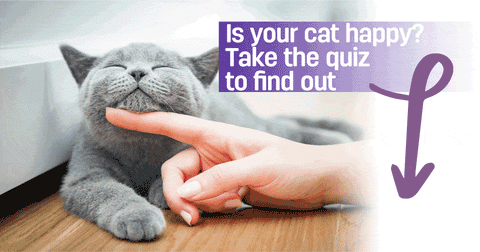
How to pet a cat
Everyone loves to stroke cats. They are big-soft-purring-furballs. Nothing beats their cuteness. But be careful, one does not stroke a cat like that. There are untold rules passed down from cat generation to cat generation. General information are to be taken in consideration if you want to pet your cat. They vary on how much they like interactions. Although some desire attention, others don’t. Thus, how cats physically interact with one another teach us a lot.
Understand cat body language

Cats use their body to communicate. So if you can decipher their body language, and respond accordingly, it is like talking cat. Pay particular attention to their tail moves, and also to their ears and all the communication signs from their body. Besides, the fact you can actually understand your cat’s body language will give your cat more confidence.
Signs your cat is happy

The most common way for a cat to express they are content is purring. However, sometimes it can also express pain, or stress. In that case, it is important to look for other signs to make sure the cat is content. If the cat is kneading while purring, then you can be sure the cat is really delighted. For more information, see signs of a happy cat. Understanding a happy cat is great, but it is even better if you can respond accordingly. For example, your tone of voice is important, so talk slowly and gently to your cat. You can take advantage of cats’ guilty pleasure and give them treats, or play with your cat. They associate it with positive feelings. Take our quiz to check how happy is your cat.
Where is the best place to pet a cat
Most of our feline friends love rubs around the head. When cats are rubbing their face on a person, it is another sign of cat happiness. Giving more opportunities to rub their face is one way to respond. It is even possible to try and stroke the cat. It is better to try stroking cats on the head first, and then to try other parts. Usually, cats like to be pet on their head: under the chin and on the cheek, where the glands are. Even though other cats may like to be stroked on their back up to the tail, you will need to adapt to each cat individually.
Keep in mind to avoid sudden movements, and to let your cat know your friendly intentions. Also, keep sessions short, and stop immediately if your cat shows any signs of irritation or discomfort. Thus, try to stop stroking your cat from time to time to see how they react. If they stay around, they are likely to be up for another round of stroking. Otherwise, if your cat moves their head away, or leaves, you should not insist nor force your cat. It is often better to privilege short and frequent interactions, rather than long ones.
Cats can be difficult to read, but when you understand them, it is just purr happiness. FELIWAY can help both you and your cat be happy together. Let’s just read the testimonials of satisfied cat owners.























